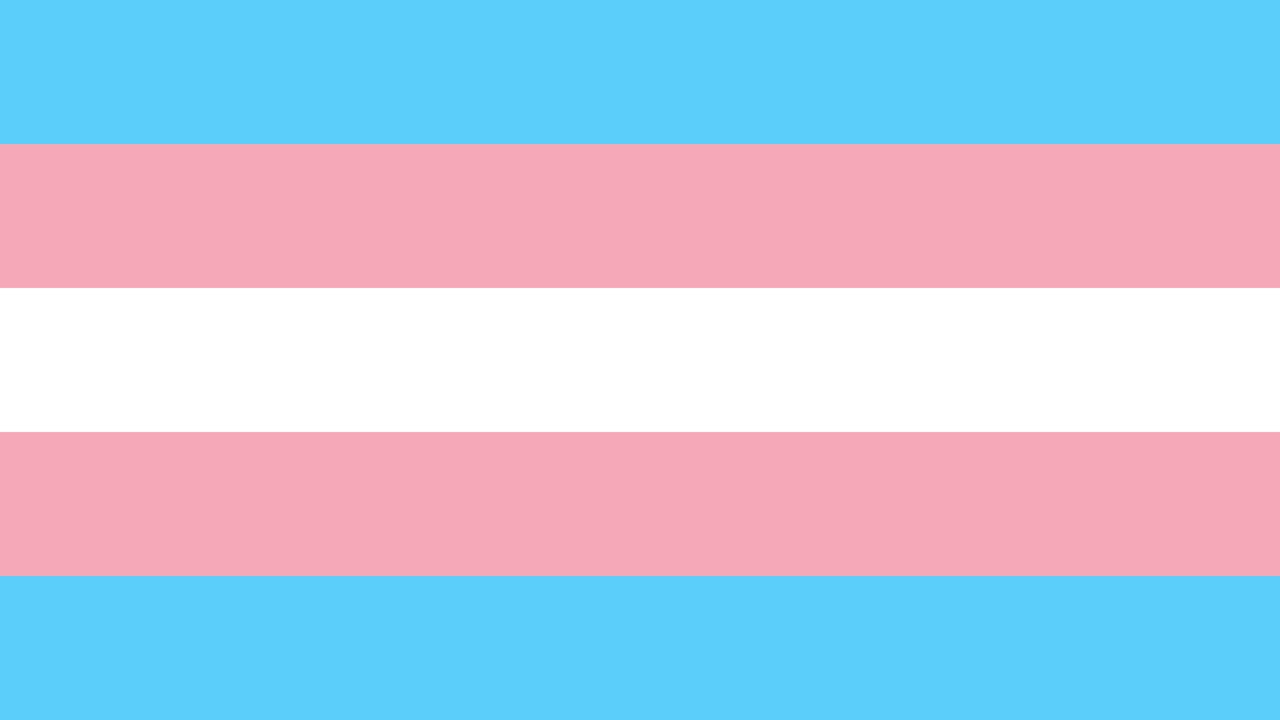
Trans Pride Flag
The Trans flag was created by an American Trans women Monica Helms in 1999 and was first flown at the Phoenix, Arizona pride in 2000. The three colours represent baby blue (boys) baby pink (girls) and white for those who are transitioning, intersex or consider themselves as having an unidentified gender.
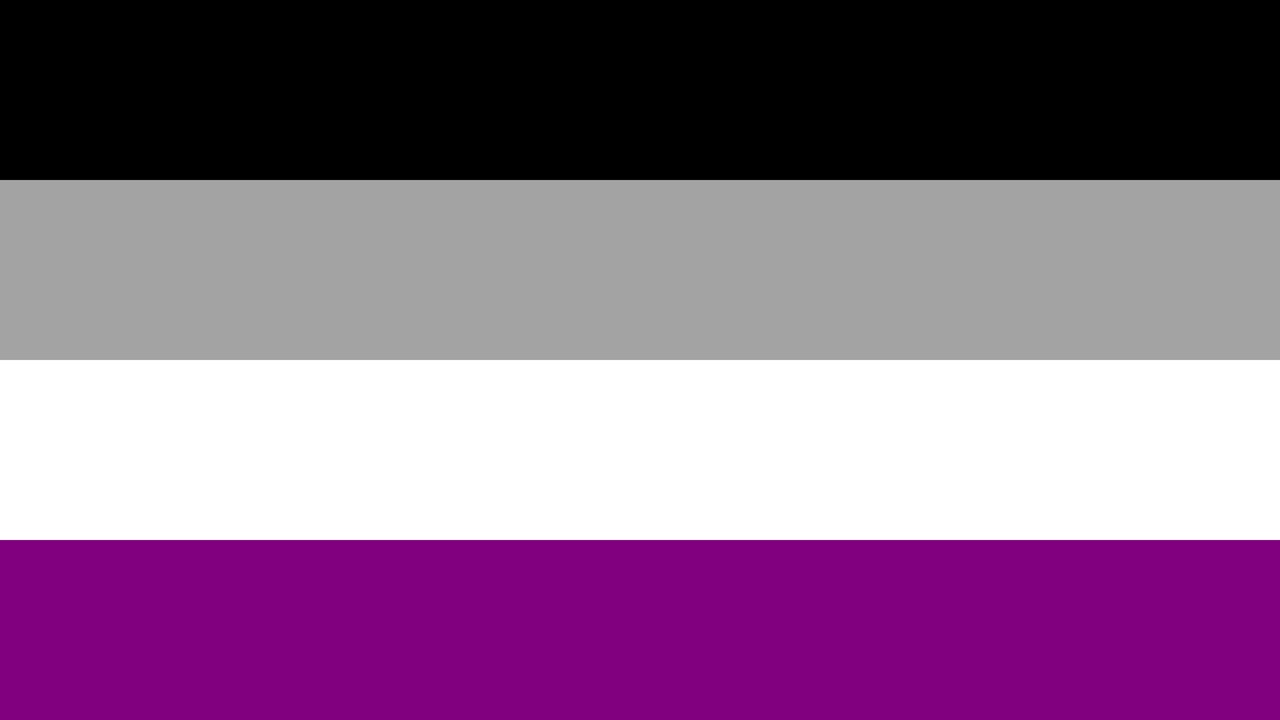
Asexual Flag
The Asexual Pride Flag was created in 2010. The black stripe represents asexuality, the grey stripe representing the grey-area between sexual and asexual, the white stripe sexuality, and the purple stripe community.
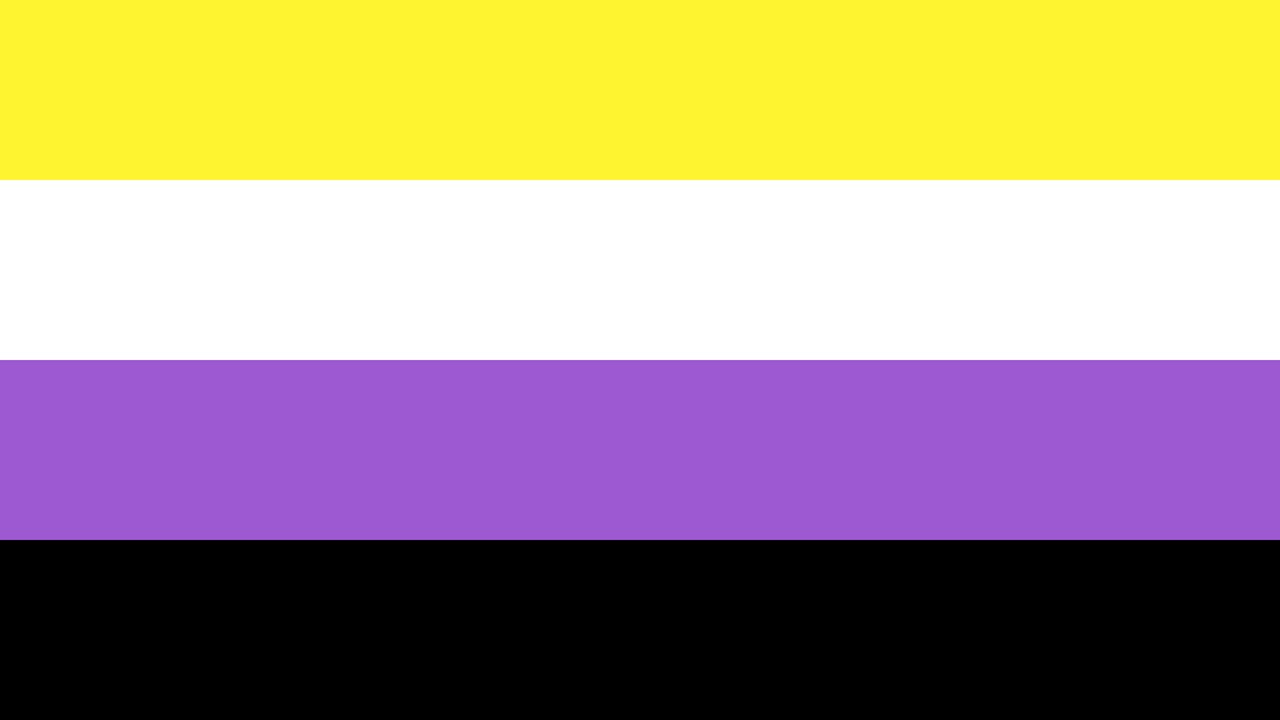
Non Binary Flag
The Nonbinary Pride Flag was created by Kye Rowan in 2014. The yellow stripe represents people whose gender exists outside of the binary, the white stripe, people with many or all genders, the purple, people with genders considered a mix of male and female, and the black people who identify as not having a gender.
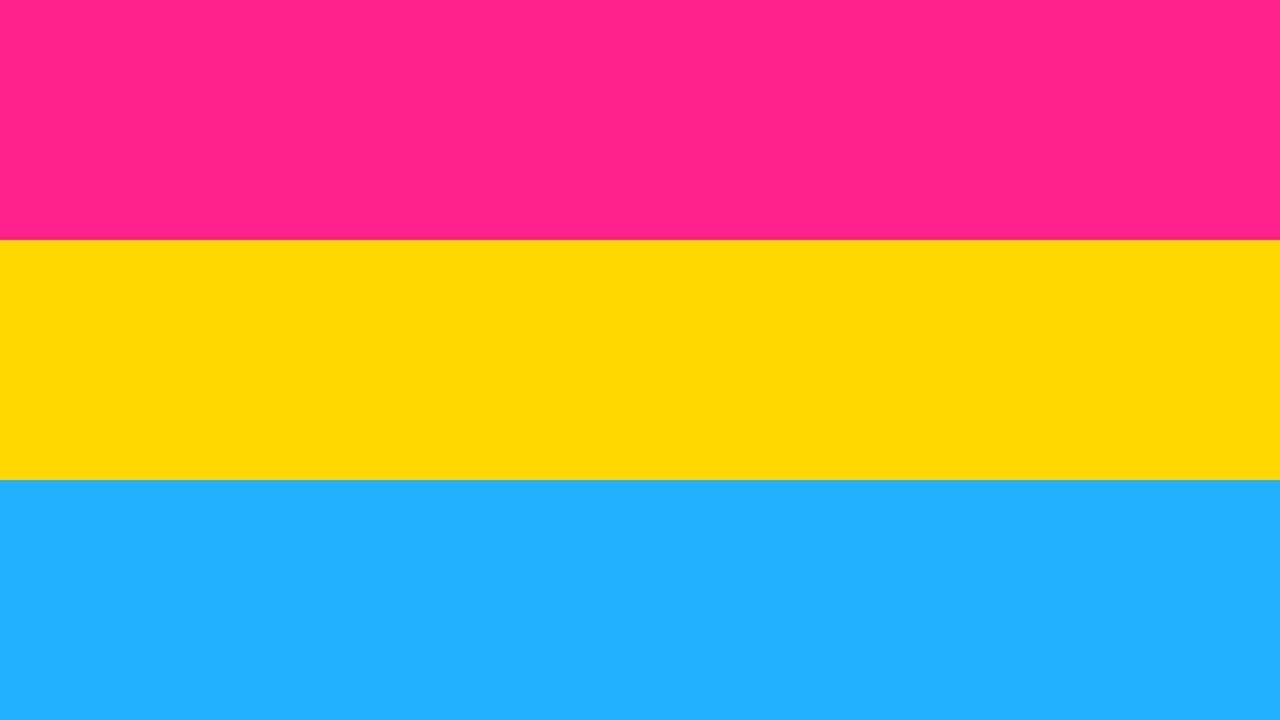
Pansexual Flag
The pansexual pride flag has three horizontal stripes: pink, yellow, and blue. According to most definitions, the pink represents people who are female identified, the blue represents people who are male identified, while the yellow represents nonbinary attraction.
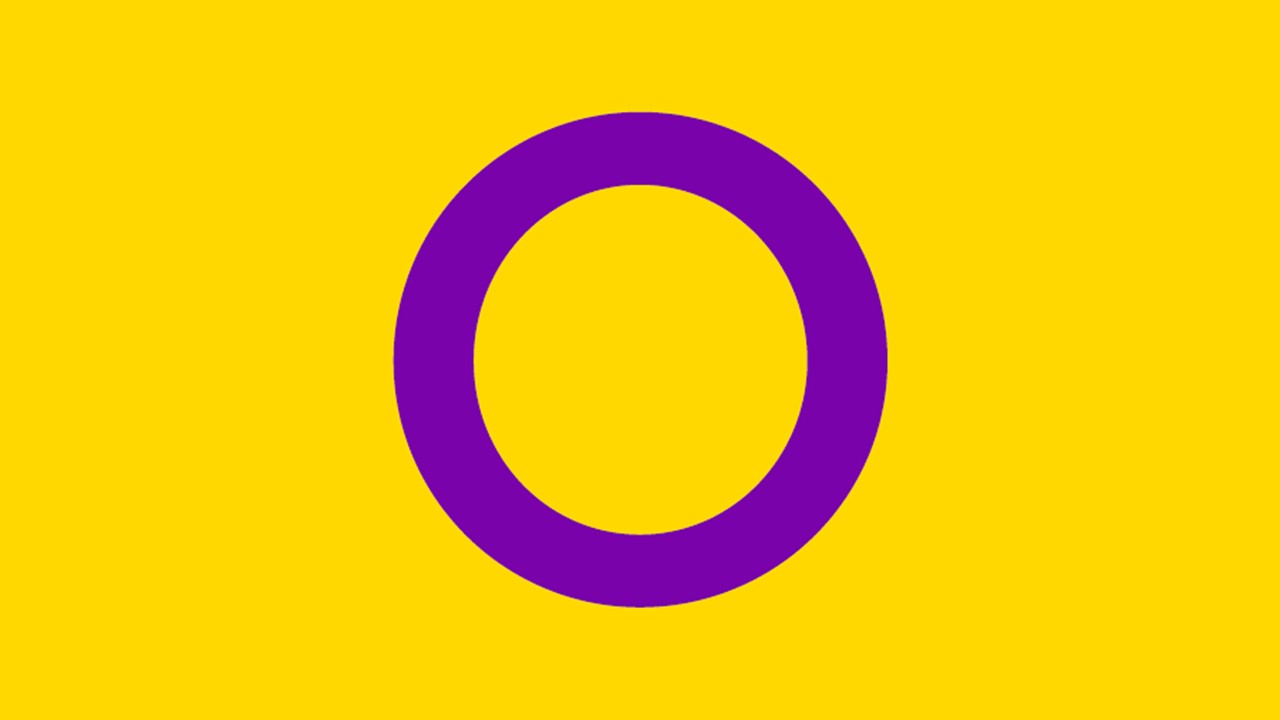
Intersex Pride Flag
The Intersex Pride Flag was created in 2013 by OII Australia using yellow and purple, which are considered “hermaphrodite” colours. The purple central circle is “unbroken and unornamented, symbolising wholeness and completeness, and our potentialities.”
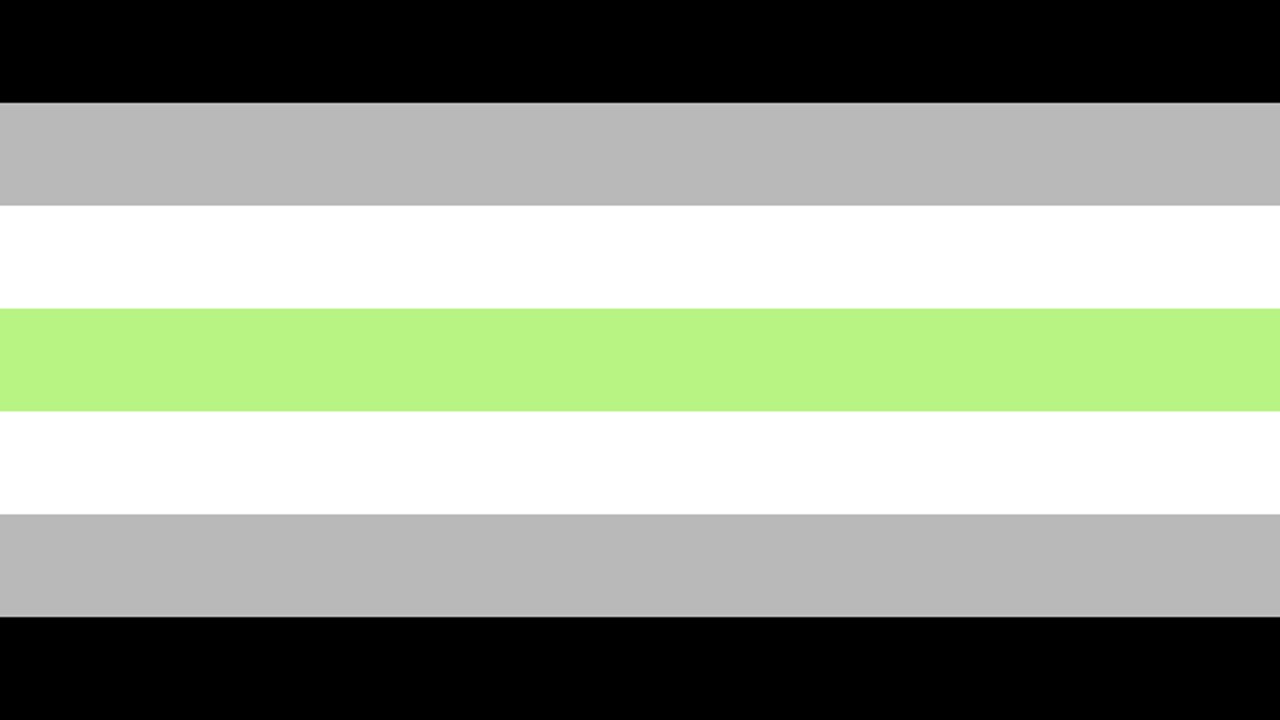
Agender Pride Flag
The Agender Pride Flag was created by Salem X in 2014. The black and white stripes represent an absence of gender, the gray represents semi-genderlessness, and the central green stripe represents nonbinary genders.
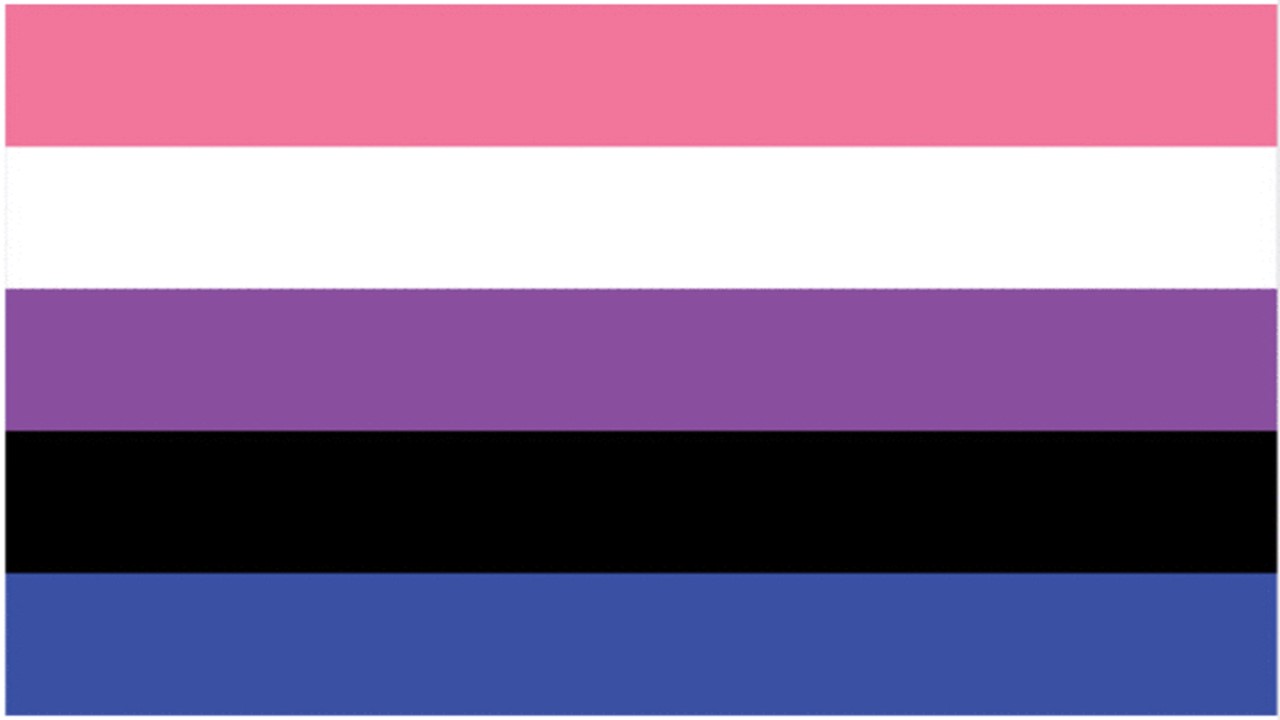
Genderfluid Pride Flag
The Genderfluid Pride Flag was created by JJ Poole in 2012. It has five horizontal stripes: pink for femininity, blue for masculinity, purple for both masculinity and femininity, black for the lack of gender, and white for all genders.
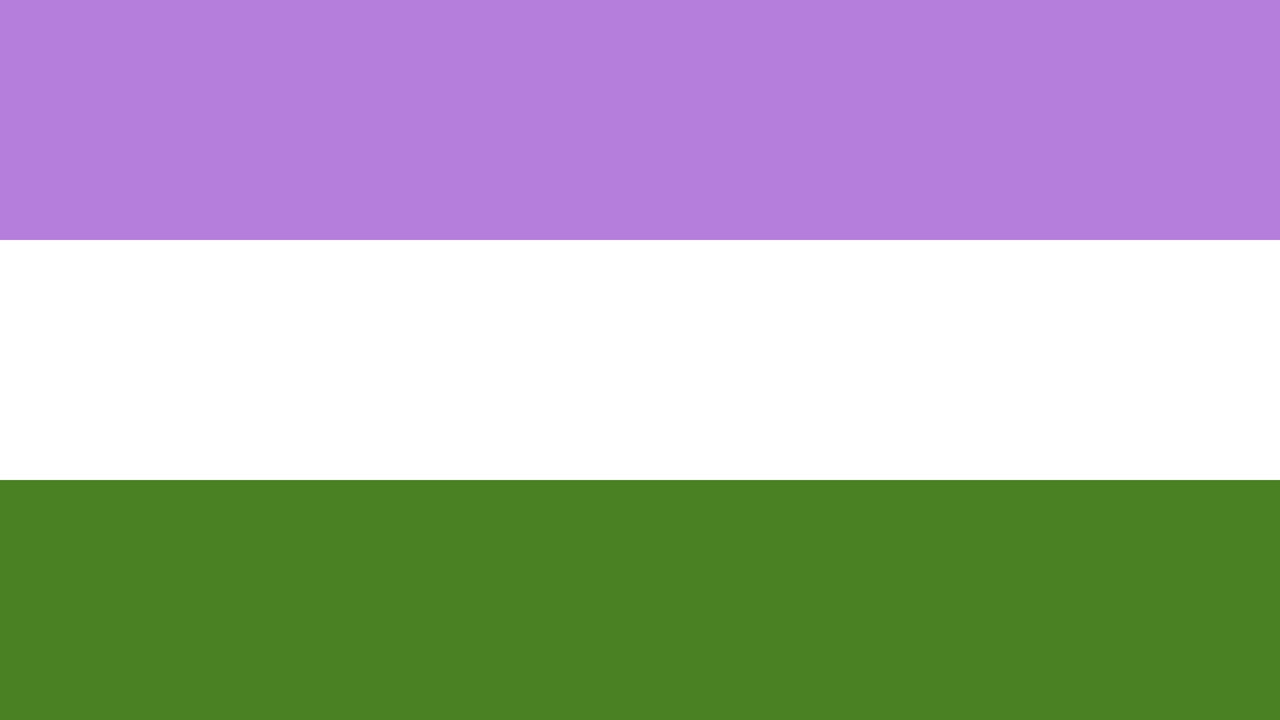
Gender Queer Pride Flag
The Genderqueer Pride Flag was created in 2011 by Marilyn Roxie. The lavender stripe is a mix of blue and pink—colours traditionally associated with men and women—and represents androgyny as well as queer identities. The white stripe represents agender or gender neutral identities. The chartreuse stripe is the inverse of lavender and represents third gender identities and identities outside the gender binary.